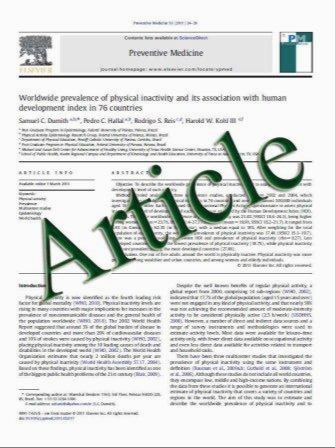Critical Thresholds for Transcranial Doppler Indices of Cerebral Autoregulation in Traumatic Brain Injury
- نوع فایل : کتاب
- زبان : انگلیسی
- مؤلف : Enrico Sorrentino • Karol P. Budohoski • Magdalena Kasprowicz • Peter Smielewski • Basil Matta • John D. Pickard • Marek Czosnyka
- چاپ و سال / کشور: 2011
Description
Background Transcranial Doppler-derived indices of cerebral autoregulation are related to outcome after TBI. We analyzed our retrospective material to identify thresholds discriminative of outcome for these indices. Methods 248 sedated and ventilated patients after head injury were eligible for the study. The indices of autoregulation derived from transcranial Doppler were calculated as correlation coefficients of blood flow velocity with cerebral perfusion pressure (index Mx) or arterial blood pressure (index Mxa). 2 9 2 tables were created grouping patients according to survival–death or favorable–unfavorable outcomes and varying thresholds for Mx and Mxa. Pearson’s chi-square was calculated. Thresholds returning the highest chi-square value were assumed to have the best discriminative value between survival–death and favorable– unfavorable outcomes. Results Mx and Mxa demonstrated that worse autoregulation is associated with poorer outcome and greater mortality (P = 0.0033 for Mx and P = 0.047 for Mxa). Both indices were more effective for prediction of favorable outcome than mortality. Chi-square for Mx showed a double peak with thresholds at 0.05 and 0.3. Mxa had only one peak at 0.3. Peak chi-square for Mx (11.3) was greater than for Mxa (8.7), indicating that Mx was a better discriminant of outcome than Mxa. Conclusions We propose that Mx greater than 0.3 indicates definitely disturbed autoregulation and lower than 0.05 good autoregulation. For values between 0.05 and 0.3 the state of autoregulation is uncertain.
Neurocrit Care (2011) 14:188–193 DOI 10.1007/s12028-010-9492-5 Published online: 22 December 2010


